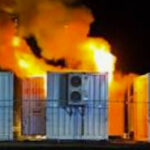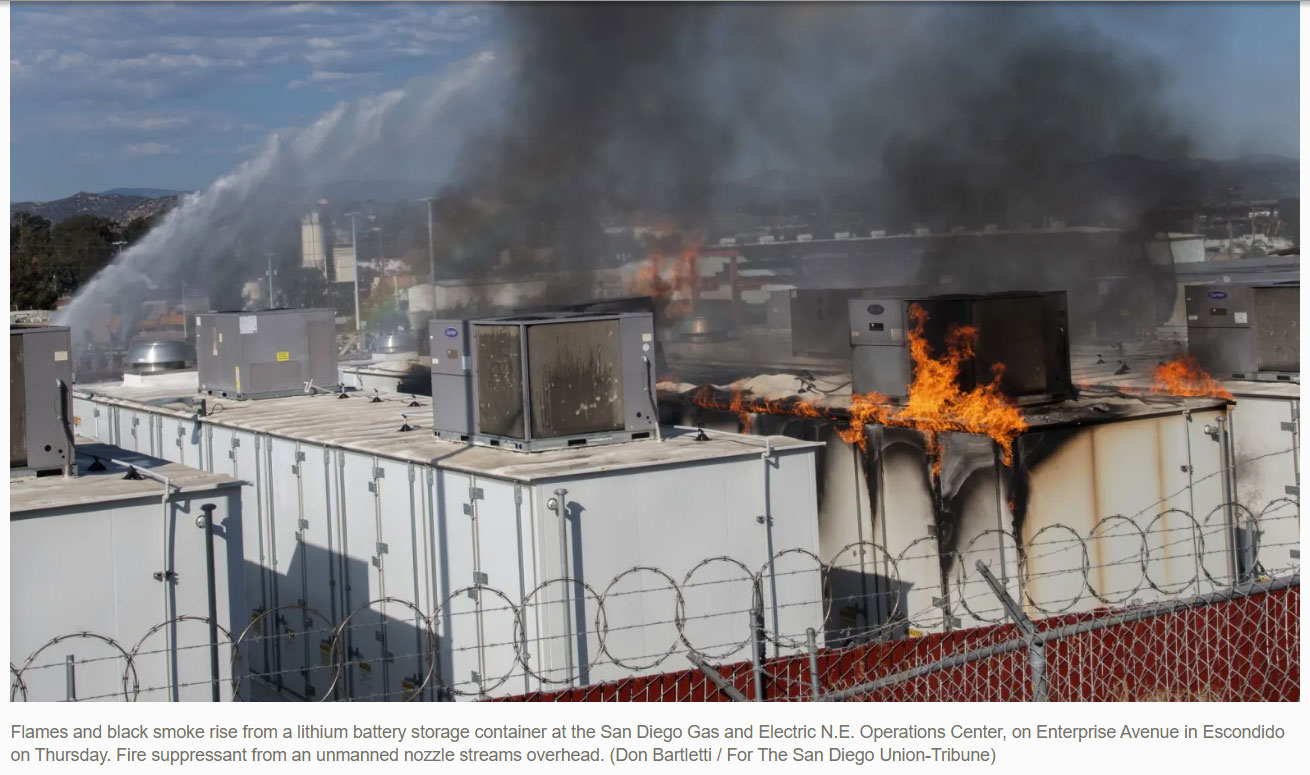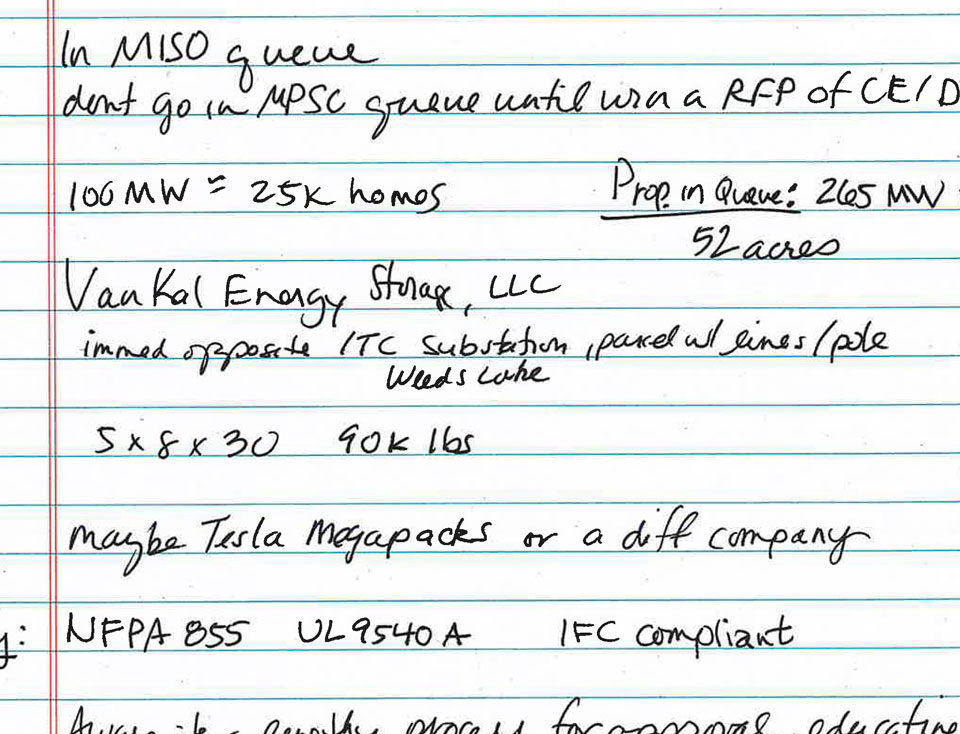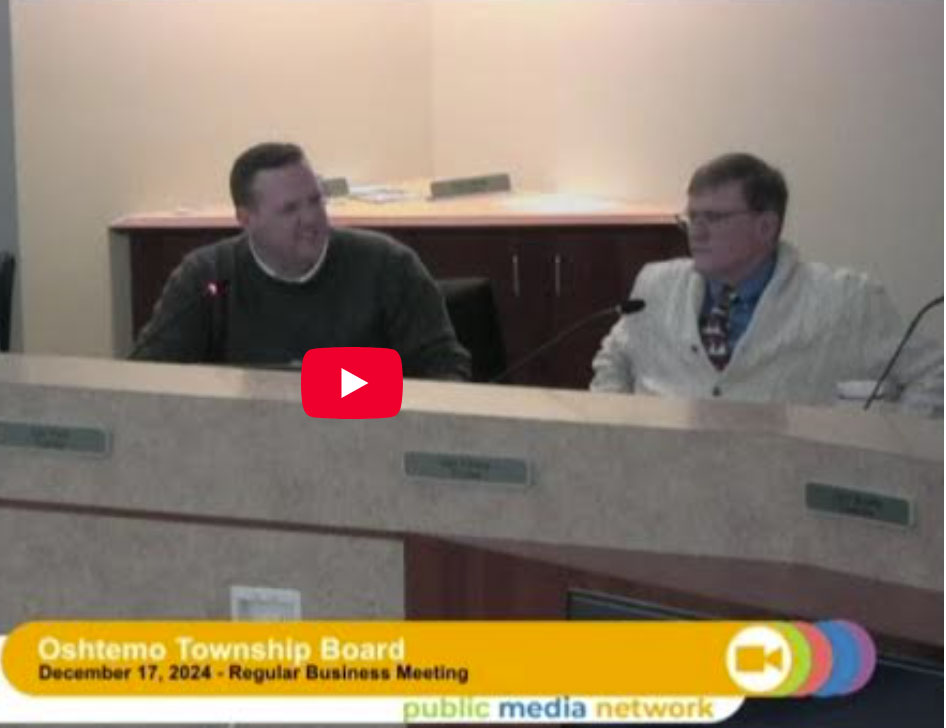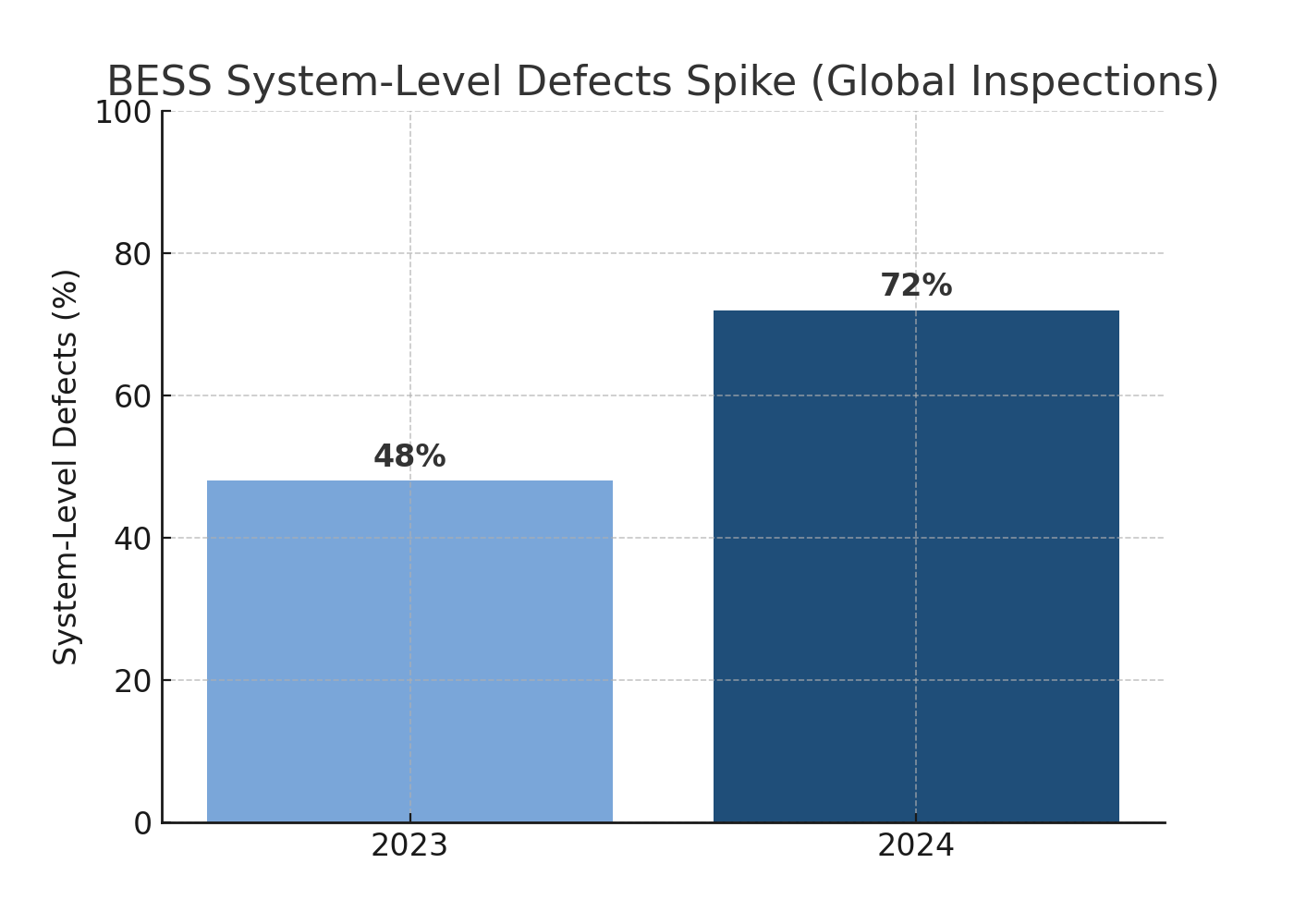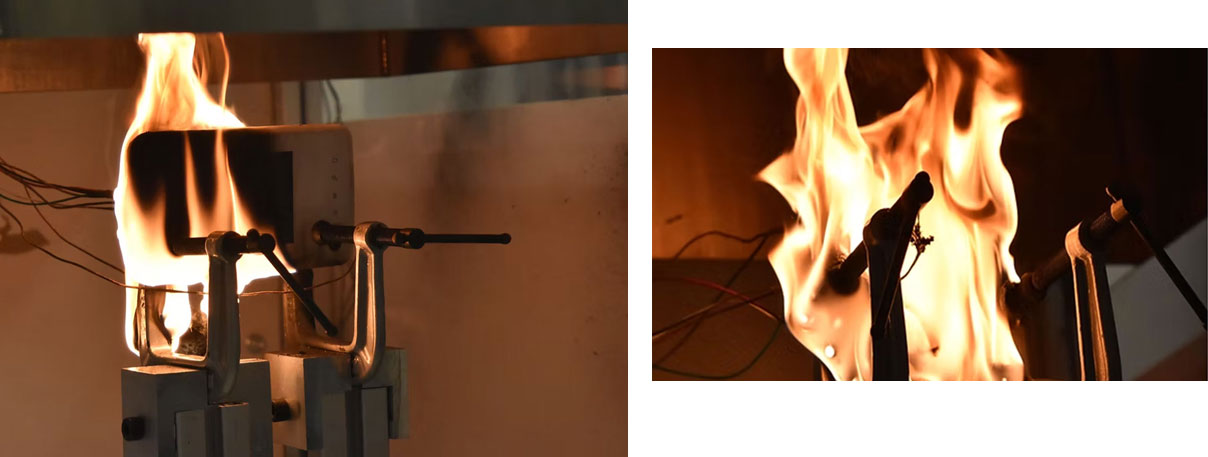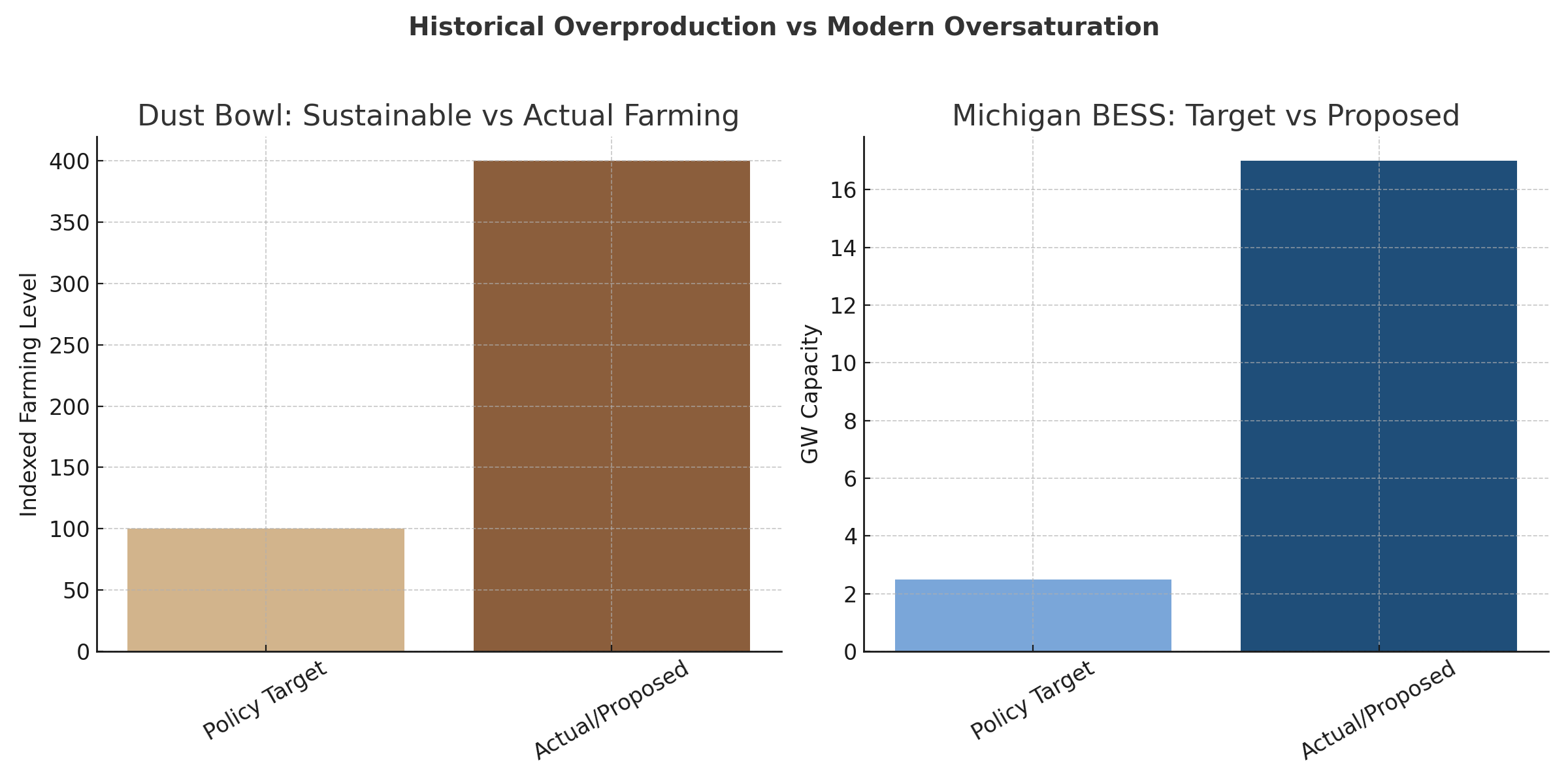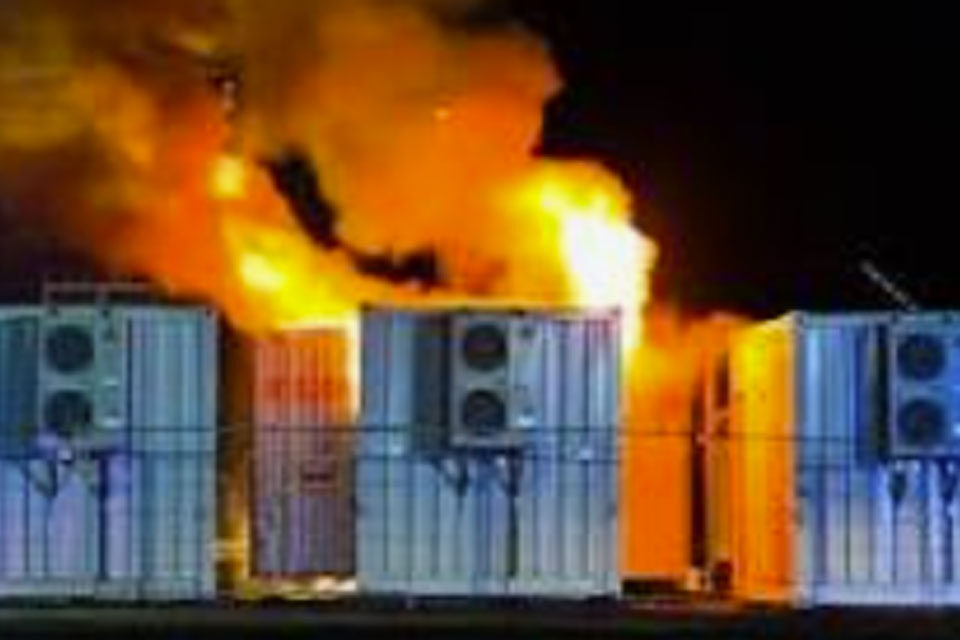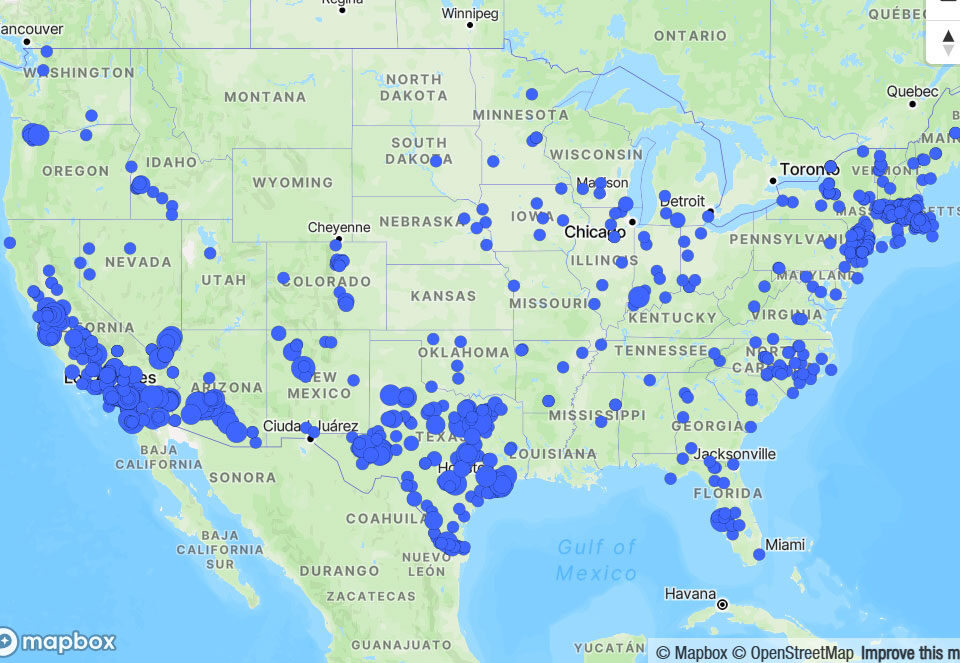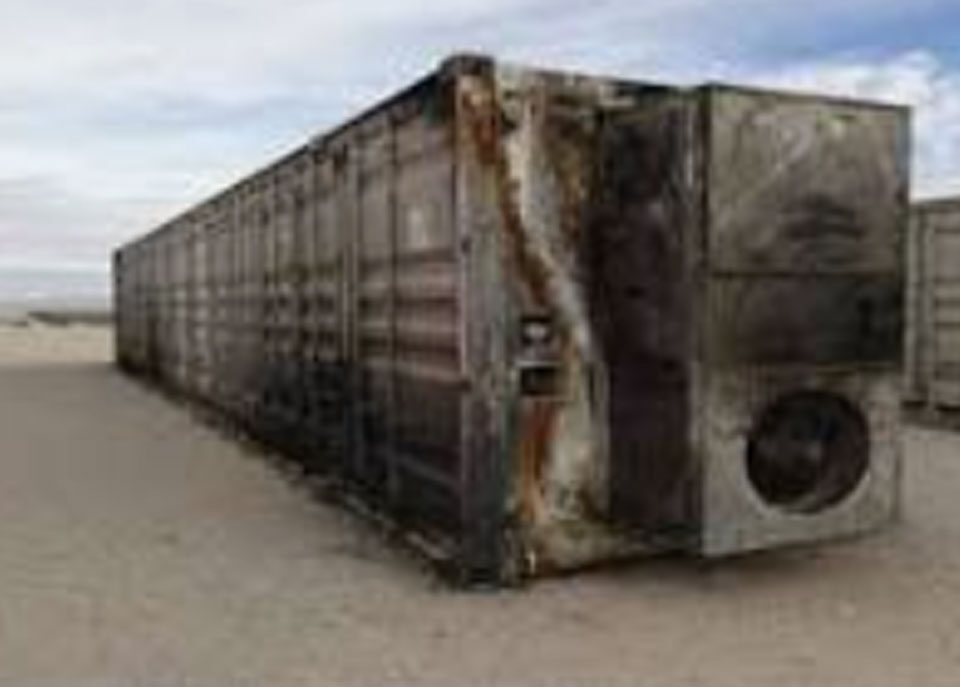History has a way of repeating itself when short-term incentives overpower long-term safety.
The Dust Bowl of the 1930s was not simply a natural disaster — it was a man-made crisis, driven by federal incentives, speculation, and a reckless rush for profit.
Today, Michigan and the U.S. may be on the verge of a modern Dust Bowl moment — this time with Battery Energy Storage Systems (BESS).
The Dust Bowl: A Lesson in Rushed Growth
- Farmers plowed up millions of acres of prairie grasslands to meet government contracts.
- Planting soared 400% over sustainable levels.
- Poor soil management meant that when drought arrived, dust storms forced thousands to abandon their farms as the land literally blew away.
The Dust Bowl proved that policy-driven oversaturation without safeguards leads to disaster.
The BESS Boom: Oversaturation & Risk
- Michigan’s storage goal: 2.5 GW by 2030
- Current pipeline: 17 GW proposed — that’s nearly 700% more than required.
- In 2024, the U.S. had 178 BESS projects. By 2025, that number exploded to 838 projects nationwide — a 370% increase in just one year.
This growth isn’t driven by consumer need. It’s driven by:
- 50% stacked federal tax credits
- 80% loan guarantees
- Utilities pressuring energy storage developers to break ground before 2025 deadlines
Just like the Dust Bowl, subsidies are pushing oversaturation of BESS with little regard for community safety.
Chart: Dust Bowl vs. BESS Oversaturation
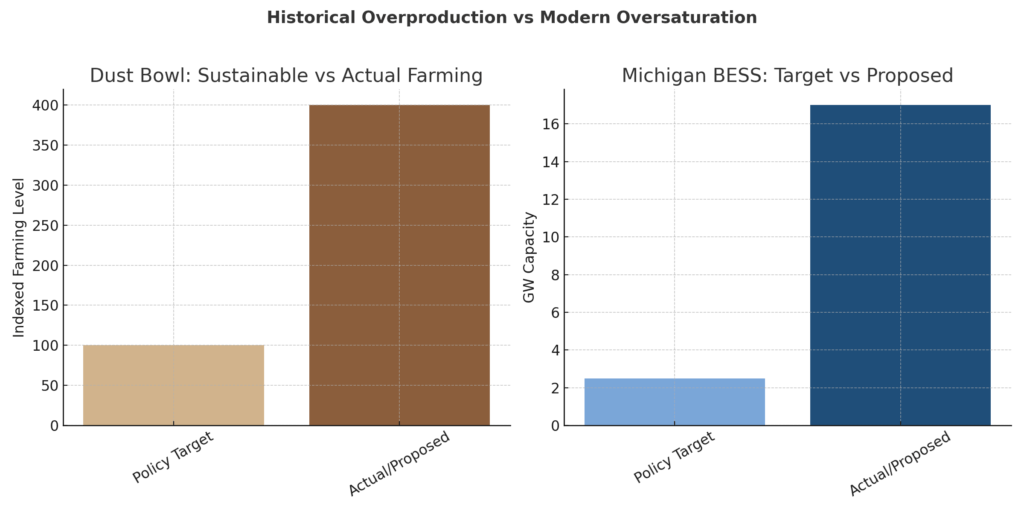
Left: Farmers planted 400% over sustainable levels, leading to collapse. Right: Michigan developers propose 700% over the storage target, risking safety and public trust.
Left: Farmers planted 400% over sustainable levels, leading to collapse.
Right: Michigan developers propose 700% over the storage target, risking safety and public trust.
System-Level Failures Already Emerging
A July 2025 industry report showed system-level BESS defects jumped from 48% to 72% in just one year. The majority of failures weren’t factory defects — they were caused by design, integration, and operation errors, the direct result of rushing projects for incentives.
Like the Dust Bowl, the seeds of failure are being planted today by rushing growth faster than oversight and safety can keep up.
Who Bears the Risk?
- Developers: Pocket subsidies and close shell companies to walk away if problems arise.
- Utilities: Gain cheap profits, pockets too deep to sue.
- Communities: Live with noise, fire risks, toxic exposure, and abandoned battery farms
The Takeaway
The Dust Bowl was fueled by short-term profit and government incentives without long-term safeguards. The BESS boom shows the same pattern: unsustainable growth, weak oversight, and communities left with the risks.
If history teaches us anything, it’s this: unchecked growth always collapses. Michigan can avoid a modern Dust Bowl — but only if regulators slow down approvals, strengthen safeguards, and put public safety above developer profits.
What Residents Can Do
- Attend upcoming Township Board and Planning Commission meetings and speak out.
- Remember to vote out politicians that refuse to help protect residents.
- Contact the MSPC and tell them Battery Energy Storage System regulations must protect residents.

